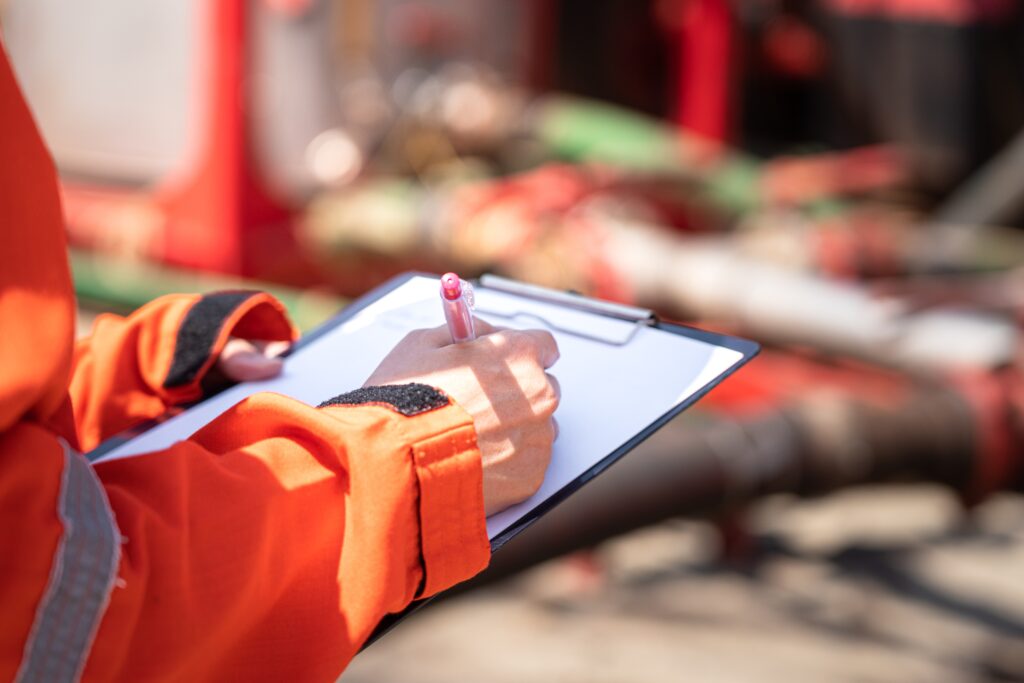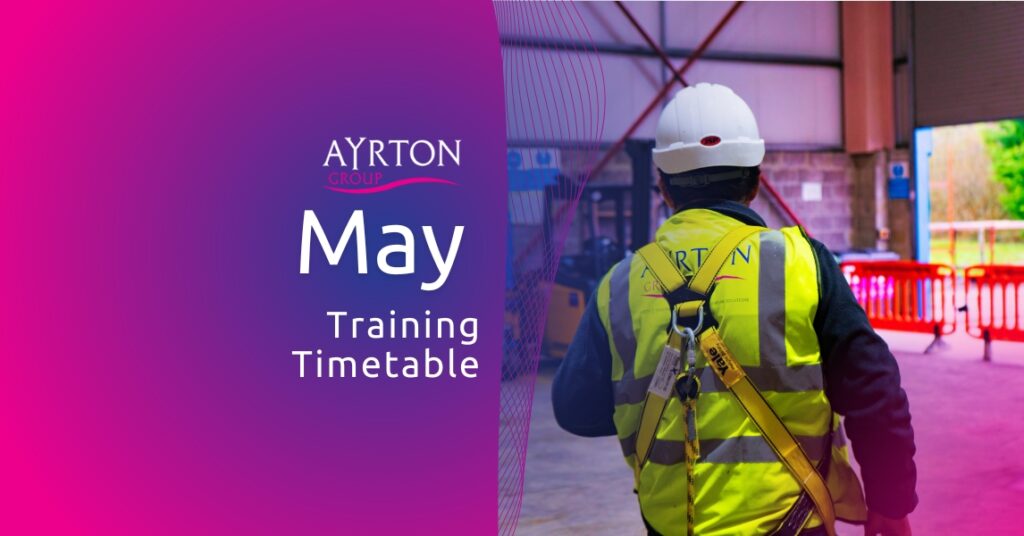Following Construction Safety Month in October, this month we will be looking at what is involved in safe lifting & loading as all lifting activities require a high level of competency and knowledge, and planning is essential.
What is involved in planning a safe lift?
When it comes to safe lifting and loading, there are national standards in place through the National Standards Authority of Ireland. When planning a lift, it’s important that you are aware of the level of risk associated with the activity. As with all activities on a site, a risk assessment is a fundamental activity in reducing the risk of accidents taking place and is required by the HSA (Source). The key elements that should be considered and questions you should be asking when planning a lift are:
- Site conditions
- Are there aContinue ny overhead cables?
- What are the ground conditions like?
- Are there any underground structures?
- Is the site accessible?
- Weather conditions
- What are the weather conditions before undertaking and during the activity? Heavy rainfall, cold snaps or high winds can cause unsafe conditions or undermine the stability of the surfaces and structures.
- Margin of safety
- Is the margin of safety appropriate for the lift?
- Machine characteristics:
- What is the size and type of the crane?
- What is the boom length?
- What is the radius for the intended work?
- What are the outrigger settings and loadings?
- Has appropriate load handling equipment been selected?
- Including chains, lifting beams and lifting eyes
- What are the load weight and dimensions?
- What are the lift points, the radius required, the height of the lift, the sharp edges and the locations before and after the operation?
- The slinging technique
- What method will be used to attach the load to the crane?
- Has a full risk assessment that identifies hazards, the associated risks, and the controls been put in place?
When broken down into stages, the planning of any safe lifting operation can become relatively straightforward.
What is the ‘Common Sense’ approach?
The stages of planning a safe lifting operation can be easily recalled using the ‘common sense’ approach. This is:
- Concentration: remain alert and aware of the task at hand;
- Observation: make sure that the task is undertaken safely and to the proper specifications;
- Machine condition: check certifications and make sure the machine is serviced regularly;
- Machine knowledge: understand the machine and its limits of operation;
- Only Act on your Own Judgement: do not be pressured into carrying out an unsafe activity;
- Never take a chance: err on the side of caution;
- Select Correct Accessories: make sure that the appropriate equipment and tools are at hand;
- Experience of Similar Lifts: use prior knowledge and experience and apply to the lift;
- Never be hurried: always take your time;
- Slings: ensure the correct lifting accessories are used and that they have the appropriate safety certifications;
- Exercise your Responsibility: cease the operation if any risk arises.
What is load security?
During the Safe Lifting & Loading Month, the CIF also draws our attention to the importance of safe load securing and transportation. Loads carried in or on any vehicle need to be secured so that they cannot move or fall off or out of the vehicle. When moving at speed, these items can cause serious injury to occupants of the vehicle, other road users and pedestrians.
According to the RSA, load security is a term that is used to cover load restraint and load containment. These terms can be defined as follows:
- Load restraint: “preventing the movement of load in any direction in relation to the vehicle load bed”
- Load containment: “preventing goods falling from the vehicle”. (source)
In addition to potentially causing serious injuries, unsecured loads can result in financial losses and damages to goods, property and machinery. Therefore, it’s important that Employers, Vehicle Owners, Loading & Unloading Staff, and Drivers play their role in ensuring that loads are transported safely. To learn more about Load Security, you can read this information leaflet from the Road Safety Authority.
Safety should always be the top priority for those working in the construction industry, across all levels. At Ayrton Group, we offer a number of relevant courses including Slinger Signaller Training and Mobile Elevating Work Platforms – Scissors & Boom. Speak to a member of our team today about your business’s specific needs and the training courses we can offer to ensure your employees are fully equipped to undertake safe lifting and loading operations. Contact us here.



